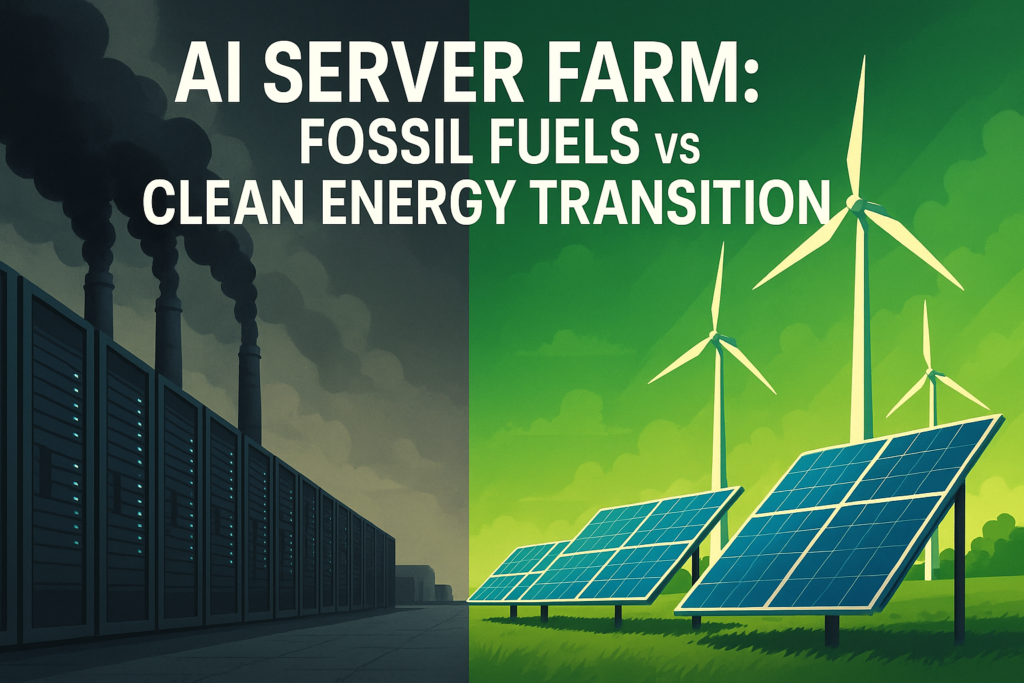
Key Highlights
- AI data centers consume 536 TWh globally (2024), projected to double by 2030, challenging India’s Net Zero 2070 commitment
- India’s 70% coal-dependent grid powers rapidly expanding AI infrastructure, creating conflict with renewable energy targets
- Training one GPT-4 model requires 30 MW power while single ChatGPT query consumes 5x more energy than Google search
- Draft National Data Centre Policy 2023 lacks mandatory renewable energy requirements despite sustainability mentions
- Google commits $6B for 1GW India data center with renewable integration while Microsoft signs 437MW green energy deal
The Exploding Energy Appetite of AI
Understanding AI’s Power Hunger
Artificial intelligence represents an unprecedented computational challenge that transforms traditional energy consumption patterns. Unlike conventional computing, AI workloads demand continuous high-intensity processing that dramatically amplifies electricity usage. news.mit
Training Phase Energy Demands:
- GPT-4 training alone required approximately 30 megawatts of sustained power
- GPT-3 training consumed 1,287 megawatt-hours, equivalent to powering 120 average US homes for one year
- Generated 552 tons of CO2 emissions during the training process
Inference and Deployment Impact:
- ChatGPT query consumes 5x more electricity than a traditional Google search
- 700 million daily queries would require electricity comparable to 35,000 US homes annually
- Water evaporation equivalent to 1.2 million people’s annual drinking needs
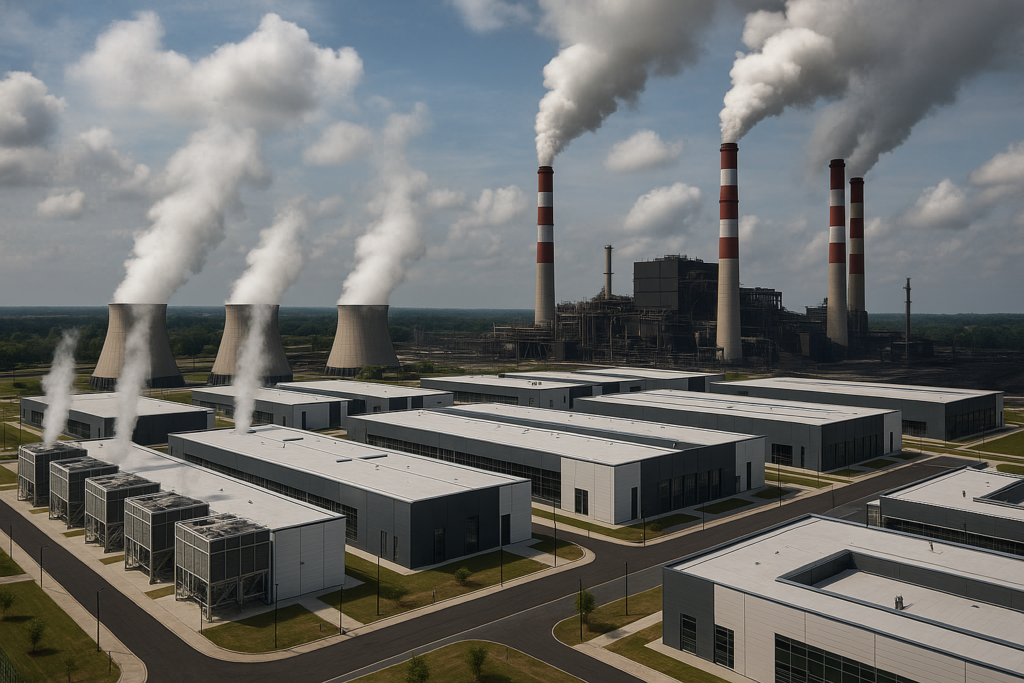
Data Center Infrastructure Explosion
Global data center expansion driven by AI represents a fundamental shift in energy demand patterns:
Current and Projected Consumption:
- 2024: 536 TWh global data center consumption
- 2030 Projection: 1,065-1,479 TWh (nearly doubling) iea.4e
- AI Workloads: 10-20% of total data center power consumption
- Critical Power Growth: Expected to reach 96 gigawatts globally by 2026
Energy Intensity Breakdown:
- Computing infrastructure: 40% of data center power
- Cooling systems: 37-40% of total energy consumption
- Power conditioning: 8-10% of facility energy
- Networking and storage: 5% each of total power
India’s Coal-Heavy Grid: The Climate Challenge
Current Energy Infrastructure Reality
India’s power sector remains fundamentally dependent on fossil fuels, creating immediate conflicts with AI expansion and climate goals.
Grid Composition and Challenges:
- Coal dominance: 70% of India’s electricity from thermal sources
- Transmission losses: 19.4% grid inefficiency in 2023 energetica-india
- Peak demand stress: Rising industrial and AI loads strain infrastructure
- Grid reliability: 24/7 AI operations require consistent power supply
Regional AI Hub Development:
- Mumbai: Major financial sector AI deployment
- Chennai: Automotive and manufacturing AI integration
- Hyderabad: IT services and cloud infrastructure expansion
- Bangalore: Tech startup and research AI facilities
India’s Net Zero Commitment Under Pressure
The 2070 Challenge:
India’s commitment to Net Zero emissions by 2070 requires fundamental restructuring of the energy system.
Required Transformation Scale:
- Coal phase-out: Complete elimination by 2060
- Renewable scaling: From 175 GW (2024) to 7,400 GW by 2070
- Grid modernization: AI-ready infrastructure with renewable integration
- Energy efficiency: 30% improvement in forecasting accuracy through AI
Environmental and Climate Impact Analysis
Carbon Footprint of AI Operations
The environmental consequences of AI expansion extend far beyond electricity consumption, encompassing water usage, electronic waste, and systemic climate impacts.
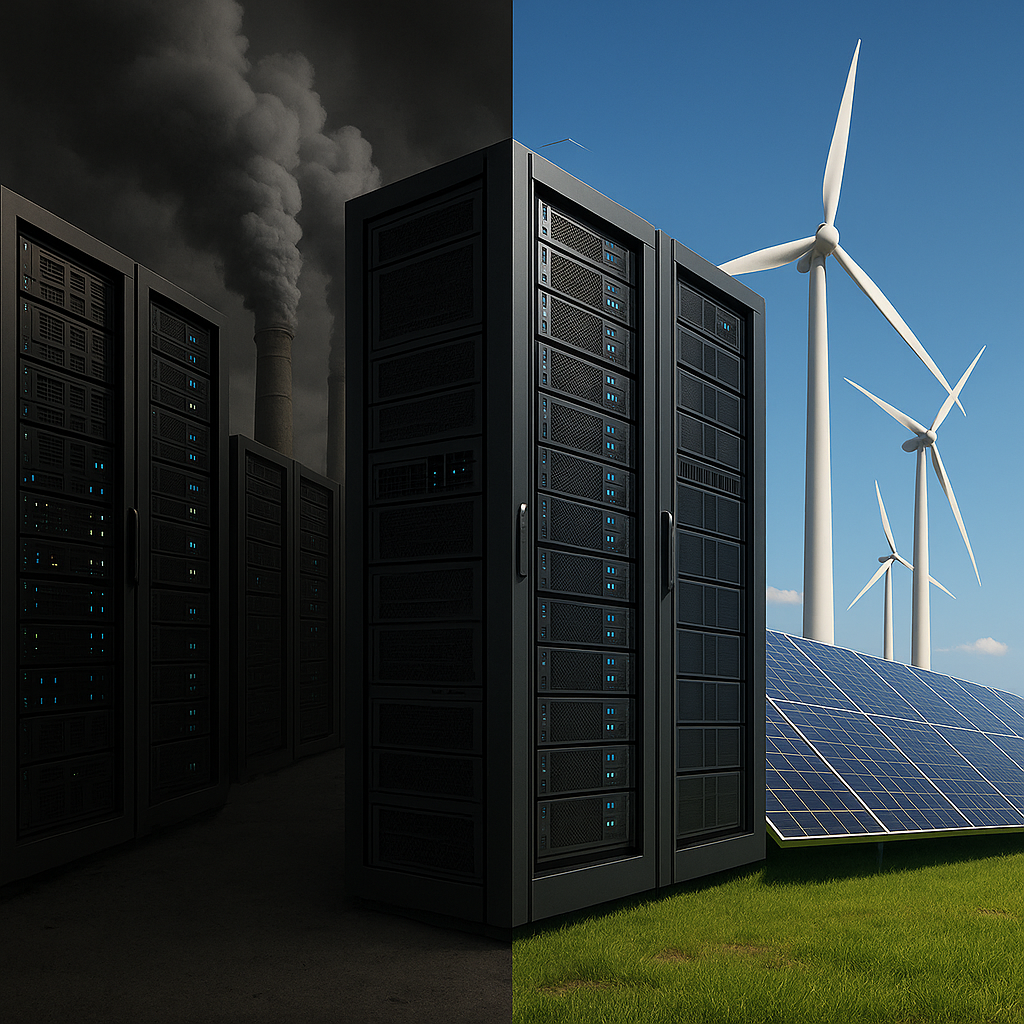
Comprehensive Environmental Accounting:
- Carbon emissions: AI training generates hundreds of tons CO2
- Water consumption: Massive cooling requirements strain local supplies
- Electronic waste: Short GPU lifecycles create disposal challenges
- Resource extraction: Rare earth mining for specialized hardware
Local and Regional Impacts:
- Water stress: AI cooling systems compete with municipal supplies
- Grid strain: Peak AI loads require backup fossil generation
- Environmental justice: Pollution disproportionately affects vulnerable communities
Global Context and Comparative Analysis
International Energy Consumption:
- Data centers globally: Would rank 11th in national electricity consumption
- 2026 projection: 5th place globally between Japan and Russia
- US specific: Data centers will consume 8.6% of electricity by 2035 about.bnef
- Growth trajectory: 25% quarterly increase in AI data center demand
India’s Policy Landscape and Governance Gaps
National Data Centre Policy Framework
India’s Draft National Data Centre Policy 2023 represents the government’s initial attempt to address sustainability challenges, though critical gaps remain in enforcement mechanisms.
Policy Provisions:
- Infrastructure status: Data centers classified as essential services
- Renewable mentions: Sustainability objectives without mandatory requirements law
- Captive power: Provisions for on-site renewable generation
- State-level variations: Different incentive structures across regions
State-Level Initiatives:
Karnataka’s Green Energy Incentives:
- 30% renewable requirement: For industrial power tariff eligibility
- 50% green energy: Qualifies for INR 0.50 surcharge reimbursement
- Electricity duty exemption: Five-year tax relief for compliant facilities
Tamil Nadu’s Renewable Push:
- 30% renewable mandate: For electricity duty subsidies
- 100% duty exemption: Five-year benefit for renewable compliance
- Grid integration support: State utility cooperation for green power
Regulatory Gaps and Enforcement Challenges
Missing Policy Elements:
- Mandatory renewable targets: No federal requirement for clean energy sourcing
- Carbon pricing mechanisms: Absence of emissions cost internalization
- Technology standards: Limited specifications for energy-efficient AI infrastructure
- Monitoring systems: Inadequate real-time energy consumption tracking
Corporate Commitments and Market Dynamics
Big Tech Renewable Energy Strategies
Major technology companies have announced ambitious renewable energy commitments for their Indian operations, though implementation timelines remain challenging.
Google’s India Investment:
- $6 billion commitment: 1 GW data center in Andhra Pradesh
- $2 billion renewable: Dedicated clean energy infrastructure
- Visakhapatnam facility: Mix of renewable and coal-based power
- Adani partnership: 500 sq km energy park with 30 GW capacity
Microsoft’s Clean Energy Deals:
- 437 MW contract: ReNew Energy partnership
- $15 million community fund: Environmental justice initiatives
- Carbon negative target: 2030 commitment for global operations
Corporate Renewable Procurement:
- Sify Technologies: 231 MW solar and wind capacity contracts
- NTT Communications: 50 MW captive solar in Maharashtra
- Airtel Nxtra: 14 MWp solar plant for data center operations
Geopolitical and Strategic Dimensions
The Global AI Race and Climate Trade-offs
US-China Competition Impact:
The geopolitical AI race between major powers creates pressure on India to prioritize speed over sustainability, raising critical questions about responsible development paths.
Strategic Considerations:
- Digital sovereignty: Domestic AI capability versus climate commitments
- Economic competitiveness: Export potential of AI services
- Energy security: Dependence on fossil fuels for critical infrastructure
- International cooperation: Technology transfer and climate finance needs
Climate Justice and Global Equity
Developing Nation Dilemma:
India faces the fundamental challenge of whether developing countries should power AI growth with fossil fuels while climate impacts affect all nations equally.
Equity Framework Questions:
- Historical emissions: Developed nations’ responsibility for climate action
- Development rights: Access to AI benefits versus environmental costs
- Technology transfer: Clean AI infrastructure knowledge sharing
- Financial mechanisms: Climate finance for sustainable AI development
Sustainable Solutions and Way Forward
Green AI: Technical Innovation Pathways
Energy-Efficient AI Models:
Algorithmic Optimization:
- Smaller specialized models: Domain-specific AI reduces computational overhead
- Model compression techniques: Reducing parameter counts without performance loss
- Edge computing: Distributed processing closer to end users
- Neuromorphic computing: Brain-inspired chips for energy efficiency
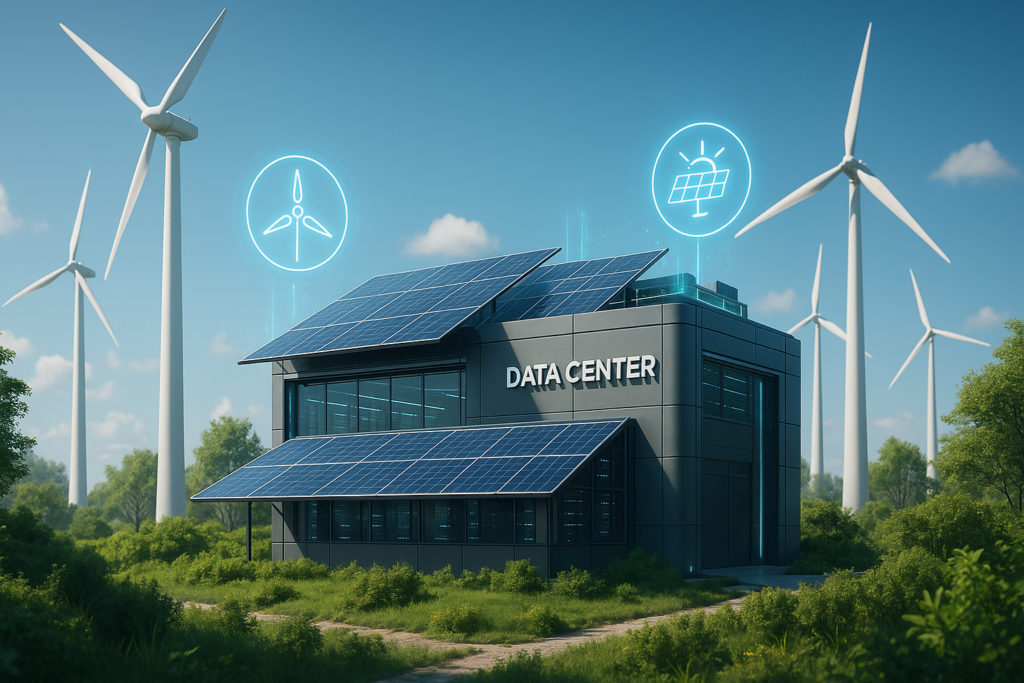
Hardware Innovation:
- AI-specific processors: Purpose-built chips beyond traditional GPUs
- Optical computing: Light-based processing for reduced energy consumption
- Quantum computing: Potential for exponential efficiency gains
- Liquid cooling systems: Advanced thermal management technologies
Renewable Energy Integration Strategies
Solar and Wind Power:
India’s abundant renewable resources provide the foundation for sustainable AI infrastructure development.
Integration Approaches:
- Captive renewable plants: On-site solar and wind generation
- Green energy corridors: Dedicated transmission for renewable sources
- Grid-scale storage: Battery systems for 24/7 renewable supply
- Hybrid systems: Combined solar-wind-storage solutions
Innovative Clean Energy:
- Green hydrogen: Long-term storage and backup power
- Fuel cells: Clean backup generation replacing diesel
- Geothermal cooling: Natural temperature control systems
- Waste heat recovery: Utilizing data center thermal output
Policy Recommendations and Implementation Framework
Immediate Policy Actions:
Regulatory Mandates:
- Renewable energy requirements: Mandatory percentage for new data centers
- Carbon pricing: Emissions cost internalization mechanisms
- Energy efficiency standards: Minimum performance requirements for AI infrastructure
- Real-time monitoring: Transparent energy consumption reporting systems
Long-term Strategic Framework:
Integrated Planning:
- AI-renewable synergy: Coordinated development of clean energy and computing infrastructure
- Grid modernization: Smart systems capable of managing variable renewable output
- Research and development: Public investment in clean AI technologies
- International cooperation: Technology transfer and climate finance partnerships
Case Studies: Global Best Practices
Nordic Model: 100% Renewable AI Infrastructure
Iceland and Norway Examples:
- Hydroelectric power: Abundant clean energy for data centers
- Natural cooling: Climate advantages reducing energy consumption
- Government support: Policy frameworks encouraging green infrastructure
- Corporate partnerships: Tech companies relocating for clean energy access
Lessons for India:
- Resource utilization: Maximizing solar and wind potential
- Climate adaptation: Managing tropical cooling challenges
- Policy coherence: Aligning renewable development with AI growth
- Infrastructure investment: Grid modernization for clean energy integration
Corporate Innovation Models
Advanced Cooling Technologies:
- Liquid cooling systems: 40-50% energy reduction potential
- AI-powered optimization: 25% efficiency improvement in reservoir management
- Free cooling strategies: Utilizing ambient temperature differentials
- Waste heat capture: Industrial process integration opportunities
Economic and Social Implications
Cost-Benefit Analysis of Green Transformation
Economic Considerations:
- Initial investment: Higher upfront costs for renewable infrastructure
- Operational savings: Reduced long-term energy expenses
- Competitiveness: Clean energy as market differentiation factor
- Employment creation: New jobs in renewable energy sector
Social Impact Assessment:
- Energy access: AI development versus household electricity needs
- Environmental justice: Pollution distribution across communities
- Digital divide: AI benefits versus environmental costs
- Rural development: Renewable energy infrastructure in remote areas
Technology Transfer and Capacity Building
International Cooperation:
- Clean technology sharing: Access to advanced green AI solutions
- Financial mechanisms: Climate finance for sustainable infrastructure
- Research partnerships: Joint development of energy-efficient AI
- Standards harmonization: Global frameworks for sustainable AI
The Path to Sustainable AI in India
Immediate Action Requirements
Policy Implementation:
- Strengthen regulatory framework: Mandatory renewable energy requirements for data centers
- Enhance monitoring systems: Real-time energy consumption and emissions tracking
- Accelerate grid modernization: Infrastructure capable of handling variable renewable sources
- Increase research funding: Public investment in clean AI technologies
Industry Engagement:
- Corporate accountability: Enforce renewable energy commitments by tech companies
- Technology innovation: Support development of energy-efficient AI solutions
- Public-private partnerships: Collaborative development of sustainable infrastructure
- Skills development: Training workforce for green AI economy
Long-term Strategic Vision
System Transformation:
- Complete renewable transition: Phase out fossil fuel dependence for AI infrastructure
- Integrated planning: Coordinate AI development with clean energy expansion
- Global leadership: Position India as sustainable AI technology pioneer
- Climate resilience: Ensure AI systems contribute to rather than undermine climate goals
The fossil-fueled AI crisis represents both a fundamental threat to India’s climate commitments and an unprecedented opportunity for sustainable technology leadership. With AI data centers projected to consume 1,479 TWh globally by 2030 and India’s Net Zero 2070 pledge requiring complete coal phase-out by 2060, the timeline for action is critically compressed.
Success will depend on immediate policy intervention mandating renewable energy for new data centers, accelerated grid modernization to handle variable clean energy sources, and sustained corporate accountability for climate commitments. The $6 billion Google investment and 437 MW Microsoft renewable deal demonstrate market readiness for clean AI infrastructure.
India’s choice between fossil-fueled AI growth and sustainable technology development will define both its climate credibility and economic competitiveness in the global digital economy. The convergence of AI innovation with renewable energy represents the only viable path forward for a nation committed to both technological leadership and planetary stewardship.
🔵 Mains Practice Questions
GS2:
“AI is not just a technological challenge but also an ethical and equity challenge when powered by fossil fuels.” Discuss in the Indian context.
GS3:
Critically analyze how India can balance rapid AI growth with its renewable energy transition and climate goals.
Essay:
“Digital dreams in a warming world: Can AI be green?”

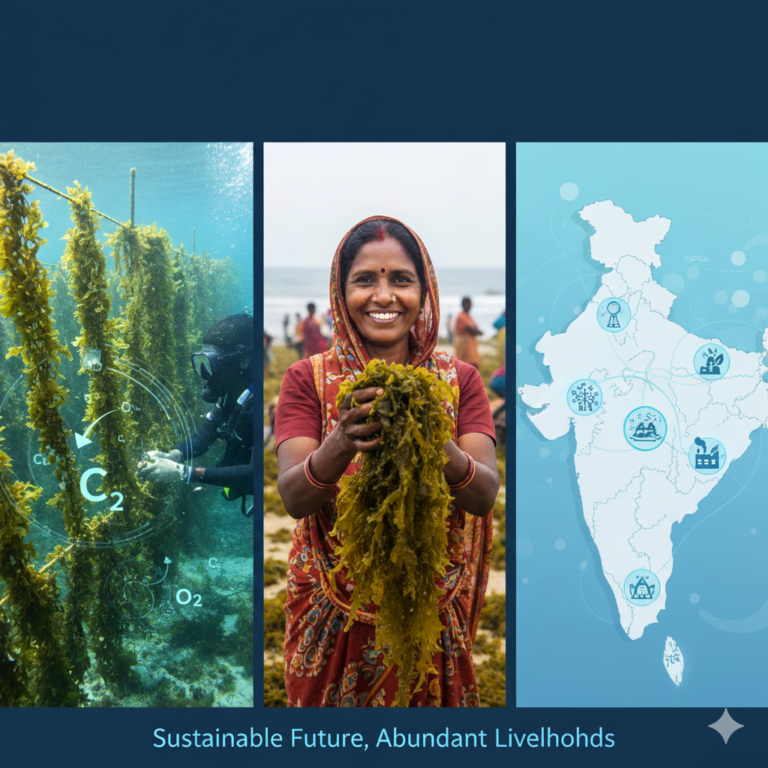

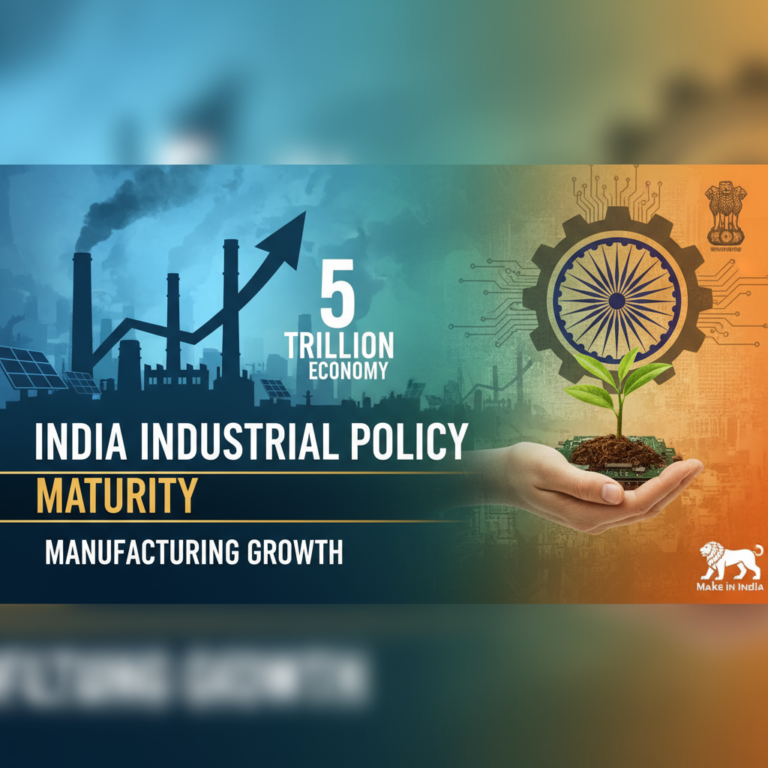
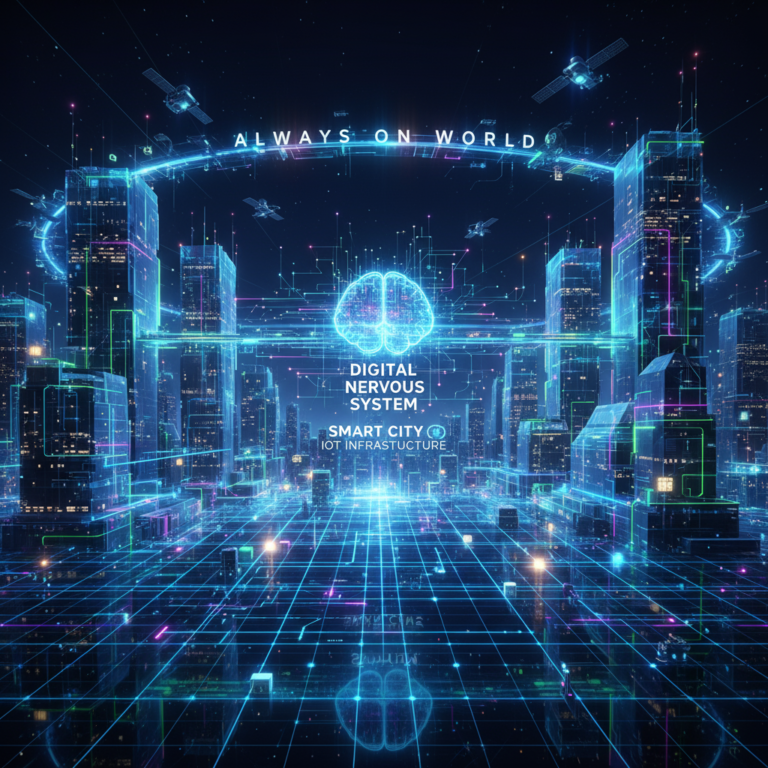



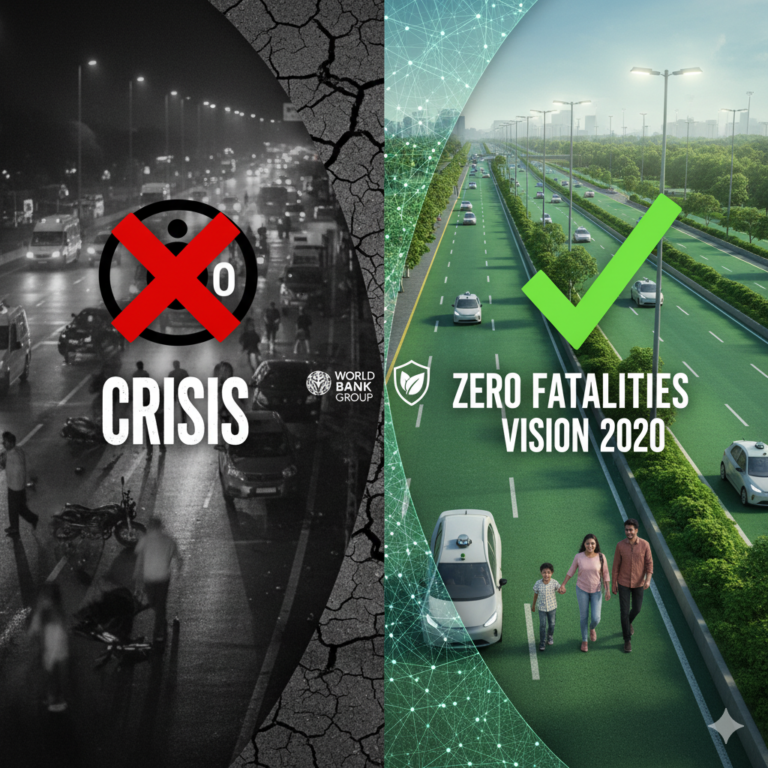
+ There are no comments
Add yours